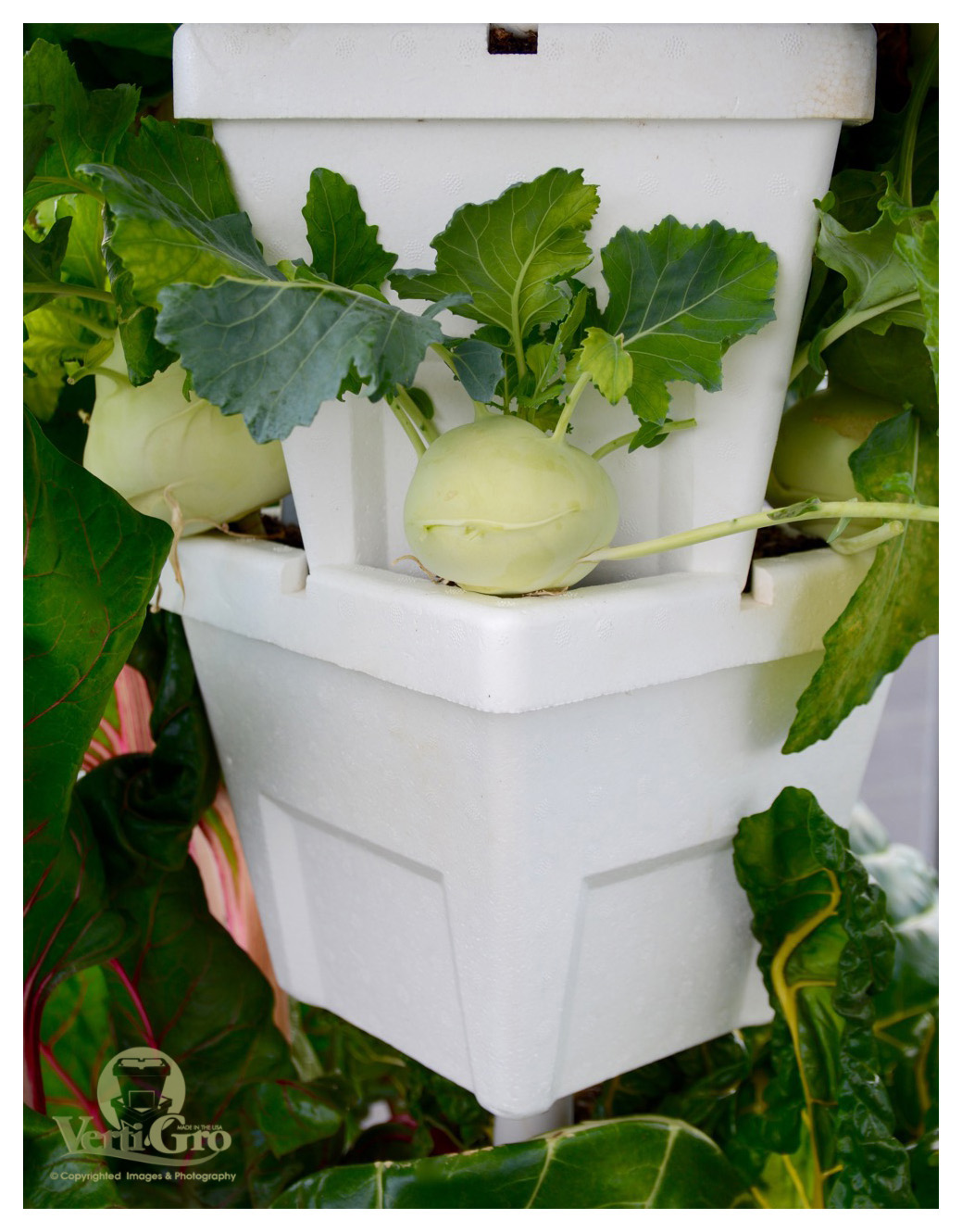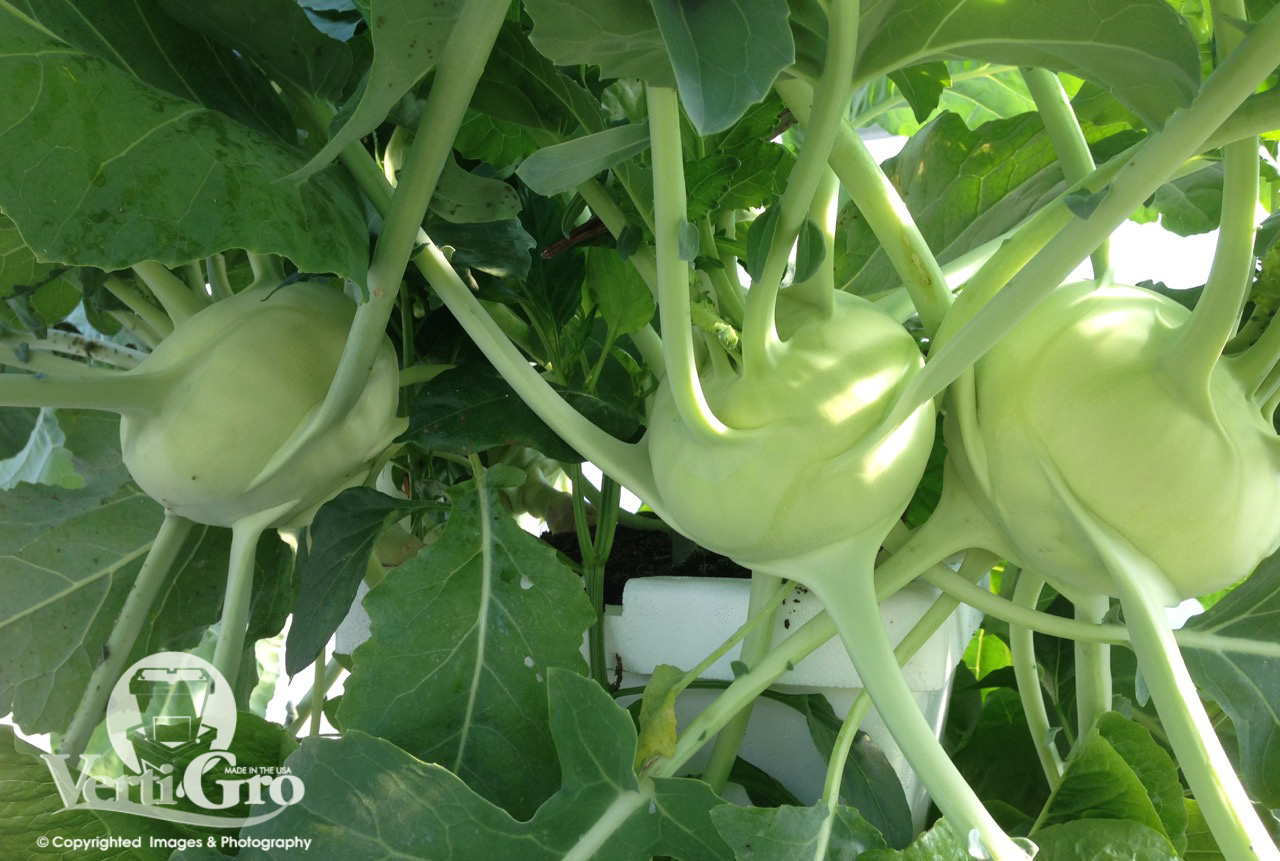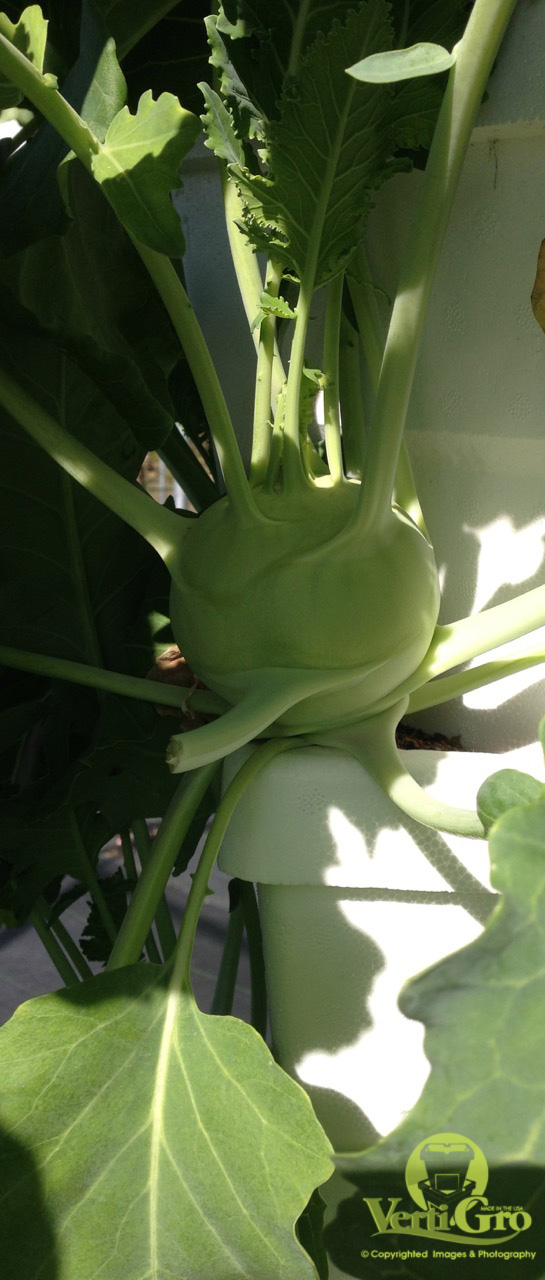|
Kohlrabi (German turnip or turnip cabbage; Brassica oleracea
Gongylodes Group) is an annual vegetable, and is a low, stout cultivar of
cabbage. Kohlrabi can be eaten raw as well as cooked. Kohlrabi has been created by artificial
selection for lateral meristem growth (a swollen, nearly spherical shape); its
origin in nature is the same as that of cabbage, broccoli, cauliflower, kale,
collard greens, and Brussels sprouts: they are all bred from, and are the same
species as, the wild cabbage plant (Brassica oleracea).  
The taste and texture of kohlrabi are similar to those of a
broccoli stem or cabbage heart, but milder and sweeter. The young stem in
particular can be as crisp and juicy as an apple, although much less
sweet. Kohlrabi stems are surrounded by
two distinct fibrous layers that do not soften appreciably when cooked. The
Kohlrabi root is frequently used raw in salad or slaws. It has a texture
similar to that of a broccoli stem, but with a flavor that is sweeter and less
vegetal. Kohlrabi leaves are edible and can be used interchangeably with
collard greens and kale.
There are several varieties commonly available, including
White Vienna, Purple Vienna, Grand Duke, Gigante (also known as
"Superschmelz"), Purple Danube, and White Danube. Coloration of the
purple types is superficial: the edible parts are all pale yellow. The leafy
greens can also be eaten. 
|